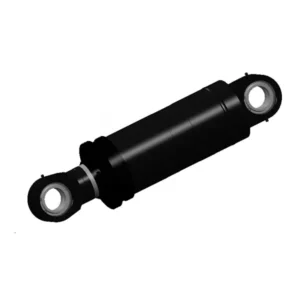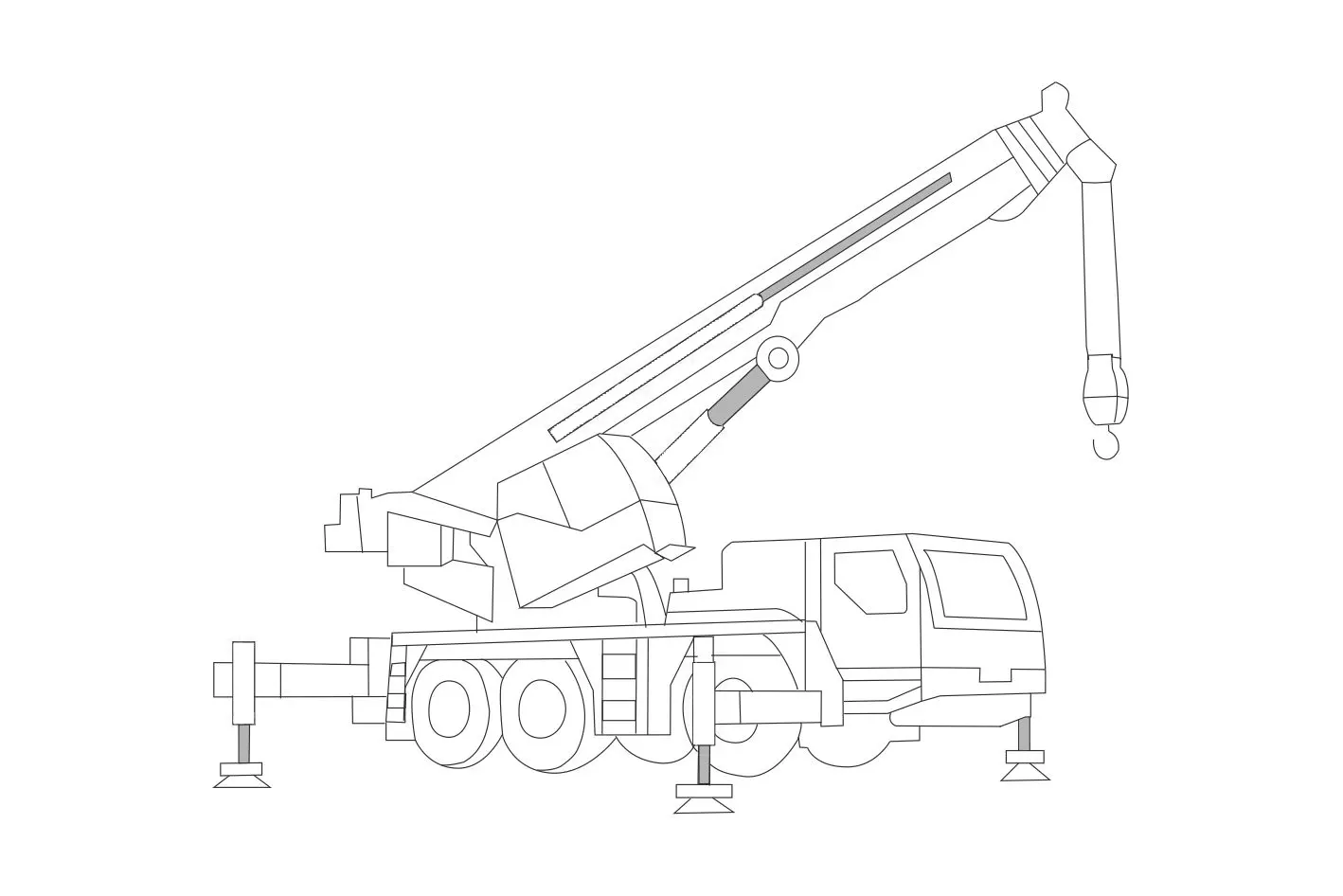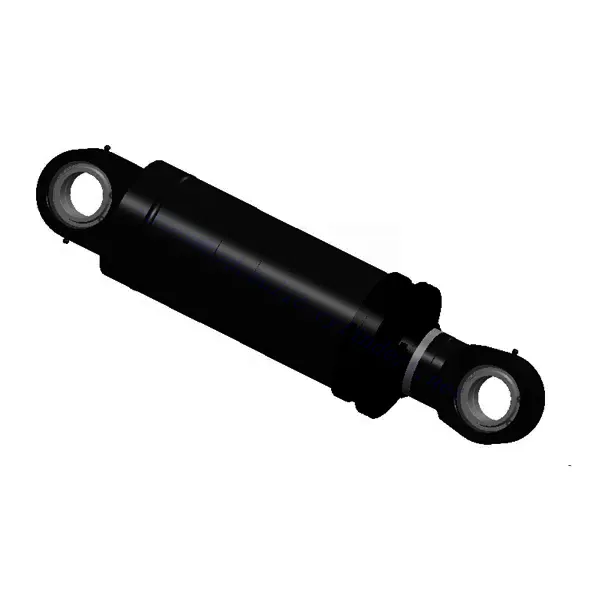Mobile Crane Suspension Cylinder
Jako jeden z výrobců, dodavatelů a vývozců hydraulických válců nabízíme hydraulické válce a mnoho dalších výrobků.
Kontaktujte nás, prosím, pro podrobnosti.
Mail:sales@hydraulic-cylinders.net
Výrobce, dodavatel a vývozce hydraulických válců.
Mobile Crane Suspension Cylinder

The mobile crane suspension cylinder is vital in mobile crane systems and is designed to optimize stability and performance during lifting operations. This hydraulic cylinder supports the crane’s suspension system, ensuring smooth and controlled movement while carrying heavy loads.
The mobile crane suspension cylinder is an indispensable component for mobile crane systems, providing stability, load distribution, and height adjustability. With its robust construction, precise hydraulic control, improved suspension capabilities, and ease of operation, this hydraulic cylinder significantly enhances lifting operations’ overall performance and safety. By following proper usage methods and adhering to recommended maintenance practices; operators can maximize the lifespan and reliability of the Mobile Crane Suspension Cylinder, ensuring safe and efficient lifting in various construction and industrial settings. Choose this essential hydraulic component to elevate your mobile crane system’s stability, performance, and versatility, enabling successful operations and achieving new heights of productivity.
Mobile Crane Suspension Cylinder Key Characteristics:
- Robust Construction:
- The Mobile Crane Suspension Cylinder is built with high-quality materials, ensuring durability and reliability in demanding working conditions.
- It is designed to withstand heavy loads, shocks, and vibrations, providing long-lasting performance even in challenging environments.
- Hydraulic Control:
- This cylinder utilizes hydraulic power to control the suspension system of the mobile crane.
- The hydraulic control allows for precise adjustments, ensuring optimal stability and load distribution during lifting operations.
- Improved Suspension:
- The crane’s suspension system achieves enhanced stability and load-bearing capacity by incorporating the mobile crane suspension cylinder.
- It effectively absorbs shocks and vibrations, minimizing the impact on the crane’s structure and ensuring smoother operation.
- Height Adjustment:
- The suspension cylinder enables the adjustment of the crane’s height, allowing operators to adapt to various job site conditions.
- Height adjustability enhances flexibility, enabling the crane to work efficiently in areas with limited overhead clearance or uneven terrain.
Mobile Crane Suspension Cylinder Parameter:
| Product Name | Mobile Crane Suspension Cylinder |
| Features: | Damping system for crane chassis |
| Bore diameter: | 85mm~180mm |
| Rod diameter: | 50mm~100mm Stroke≤300mm |
| Pressure: | Maximum 35MPa |
| Suspension Cylinder Applications: | Mobile Crane |
Mobile Crane Identification Diagram:

Usage Method Of Mobile Crane Suspension Cylinder:
- Familiarize with Controls:
- Before the operation, operators must familiarize themselves with the controls associated with the mobile crane suspension cylinder.
- Understand the control mechanisms and operating procedures specific to the crane model.
- Suspension Adjustment:
- Activate the hydraulic controls to adjust the suspension system according to the desired height or load requirements.
- Ensure the adjustment is performed gradually and smoothly to maintain stability throughout the process.
- Load Distribution:
- Monitor and assess the load distribution on the crane during operation.
- Adjust the suspension system as necessary to balance the load and maintain stability.
- Operating on Uneven Terrain:
- When working on uneven terrain, utilize the suspension cylinder to adjust the crane’s suspension and maintain a level platform.
- This ensures that the load remains stable and that the crane operates safely and efficiently.
How To Release Pressure On Hydraulic System?
To release pressure from a hydraulic system safely, follow these steps:
- Shut Down the System:
- Turn off any power sources or engines connected to the hydraulic system.
- This step ensures that no additional pressure is generated while you release the existing tension.
- Identify the Pressure Release Points:
- Locate the pressure release points in the hydraulic system.
- Common pressure release points include relief, pressure control, or directional control valves.
- Relieve Pressure at the Valve:
- If your system has a relief valve, start by locating it.
- Slowly turn the relief valve counterclockwise to release pressure.
- Monitor the pressure gauge, if available, to observe the pressure dropping.
- Use the Controls:
- If your system has directional control valves, move them to the neutral position.
- This action allows fluid to flow freely and relieves pressure in the system.
- Release Accumulator Pressure:
- If your hydraulic system has an accumulator, it may store pressure even when the system is shut down.
- Refer to the manufacturer’s instructions to release the pressure stored in the accumulator safely.
- Usually, this involves opening a specific valve or venting the accumulator to the atmosphere.
- Bleed the System:
- After releasing the pressure at the designated pressure release points, it is important to bleed the system to ensure no trapped pressure.
- Begin by opening any bleed screws or valves located in the hydraulic system.
- Slowly open them to allow any remaining pressure or air to escape.
- Be cautious and use appropriate personal protective equipment (PPE) to avoid contact with hydraulic fluid.
- Verify Pressure Release:
- Double-check that the pressure has been fully released from the hydraulic system.
- If available, use a pressure gauge or other monitoring devices to ensure the pressure is at or near zero.
Capability & Capacity Of Factory:
(1) Assembly
We have a first-class independent research and development assembly platform. The hydraulic cylinder production workshop has four semi-automatic lifting cylinder assembly lines and one automatic tilt cylinder assembly line, with a designed annual production capacity of 1 million pieces. The special cylinder workshop is equipped with various specifications of a semi-automatic cleaning assembly system with a designed annual production capacity of 200,000 and equipped with famous CNC machining equipment, a machining center, a high-precision cylinder processing special equipment, a robot welding machine, an automatic cleaning machine, automatic cylinder assembly machine, and automatic painting production line. Existing critical equipment of more than 300 sets (sets). The optimal allocation and efficient use of equipment resources ensure the accuracy requirements of products and meet the high-quality needs of products.


(2) Machining
The machining shop is equipped with a customized inclined rail turning center, machining center, high-speed honing machine, welding robot, and other related equipment, which can handle the processing of cylinder tubes with a maximum inner diameter of 400mm and a maximum length of 6 meters.

(3) Welding

(4) Painting & coating
With small and medium-sized cylinder automatic water-based paint coating lines, to achieve automatic robot loading and unloading and automatic spraying, the design capacity of 4000 pieces per shift;
We also have a semi-automatic paint production line for large cylinders powered by a power chain, with 60 cases per shift design capacity.


(5) Testing
We have first-class inspection facilities and test beds to ensure that the performance of the cylinder meets the requirements.

We are one of the best hydraulic cylinder manufacturers. We can offer comprehensive hydraulic cylinders. We also provide corresponding agricultural gearboxes. We have exported our products to clients worldwide and earned a good reputation because of our superior product quality and after-sales service. We welcome customers at home and abroad to contact us to negotiate business, exchange information, and cooperate with us!
Take a Tour of Our VR Factory:
Take a tour of our VR factory with the following
Hydraulic Cylinder Application:


